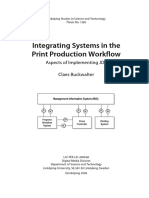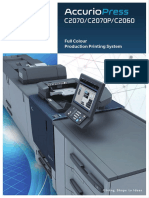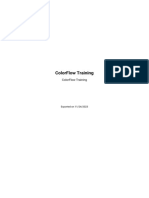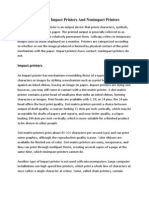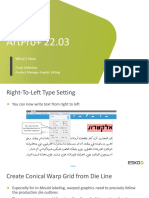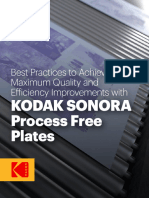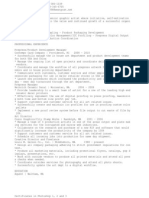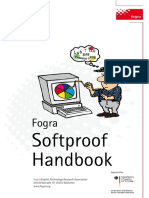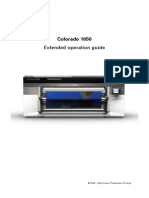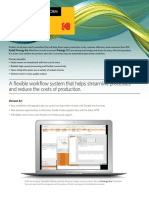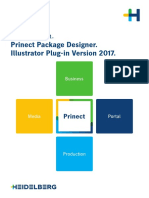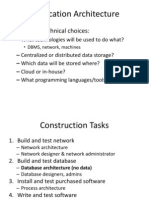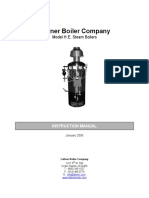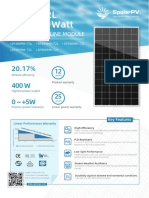0% found this document useful (0 votes)
813 views97 pages01 JDF Tutorial - Final
JDF is a Graphic Arts Job Ticket Data Interchange Format Specification - JDF is not an Application or System JDF is encoded in XML Content is referenced, not embedded JDF is extensible JDF Job Definition JMF Messaging JDF Capabilities ICS Documents define the JDF Framework What does JDF enable? - Setup a job in the graphic arts from the view point of: Technical Applications Management Information Systems Customers - Collect data that is relevant to a job from origination
Uploaded by
PatriciaAntoniaCopyright
© Attribution Non-Commercial (BY-NC)
We take content rights seriously. If you suspect this is your content, claim it here.
Available Formats
Download as PPT, PDF, TXT or read online on Scribd
0% found this document useful (0 votes)
813 views97 pages01 JDF Tutorial - Final
JDF is a Graphic Arts Job Ticket Data Interchange Format Specification - JDF is not an Application or System JDF is encoded in XML Content is referenced, not embedded JDF is extensible JDF Job Definition JMF Messaging JDF Capabilities ICS Documents define the JDF Framework What does JDF enable? - Setup a job in the graphic arts from the view point of: Technical Applications Management Information Systems Customers - Collect data that is relevant to a job from origination
Uploaded by
PatriciaAntoniaCopyright
© Attribution Non-Commercial (BY-NC)
We take content rights seriously. If you suspect this is your content, claim it here.
Available Formats
Download as PPT, PDF, TXT or read online on Scribd
/ 97
